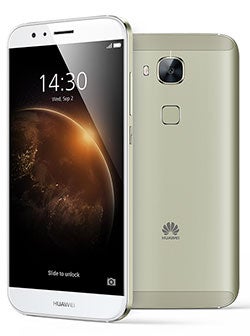Huawei demand in Europe and the Americas helps Chinese OEMs increase global share

The smartphone market of today is already a very different one than it was just a few short years ago, and while many of the same key players are just as big as ever, new forces have emerged to challenge them. Global smartphone sales growth may be slowing down thanks to saturation, but some of those challengers are using this as an opportunity to bolster their own positions, as we see in the latest market report from industry analyst Gartner.
Apple's unsurprisingly down as well (given the company's most recent performance report), dipping in terms of both sales and share – the latter of which is down from 17.9 to 14.8 percent year-to-year.

Huawei continues to show the same sort of growth we saw from it last quarter, with share rising to 8.3 percent. And lest you think that's just because the company's selling a lot of hardware in its native China, Gartner claims it has sales in the Americas and Europe to thank for much of that improvement.
Oppo, on the other hand, owes its new success to strong sales in its home market, and sales have more than doubled for the company since 2015.
If those are our winners, who are the losers? Lenovo lost its seat among the big boys as it bled market share, and things look grim in the platform department for any fans of alternate operating systems.
While last year non-Android and non-iOS smartphone sales made up 3.4 percent of the overall market, they're now down to a mere 1.1 percent. Can we just call it a two-platform market at this point?
source: Gartner
Follow us on Google News













Things that are NOT allowed:
To help keep our community safe and free from spam, we apply temporary limits to newly created accounts: